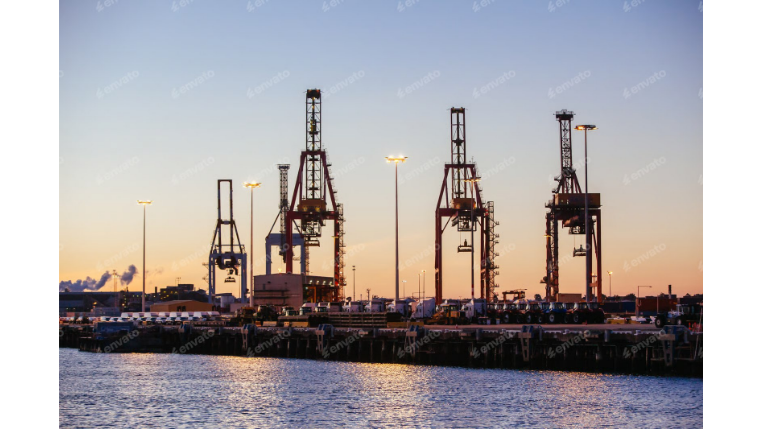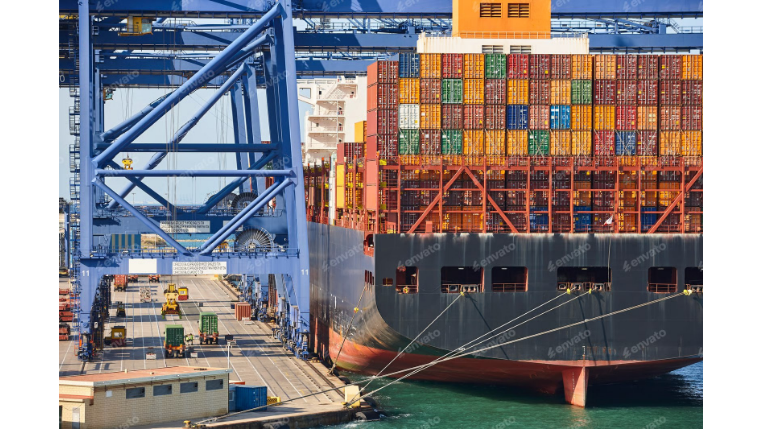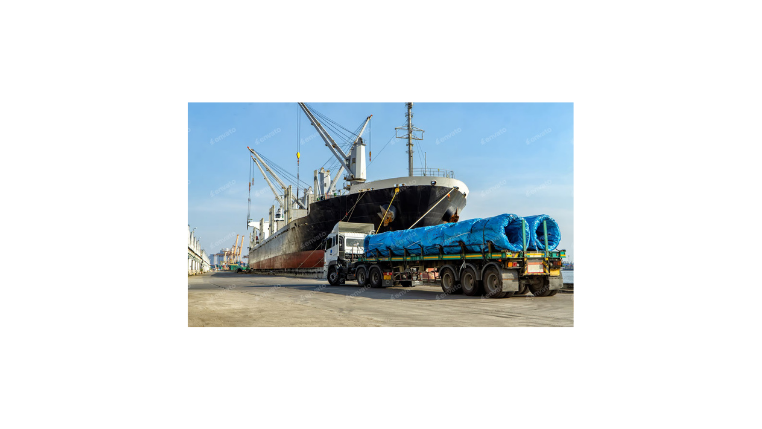Beyond the Spreadsheet: Why Automated Freight Pricing is Now Essential for Success
For years, the spreadsheet has been the unsung hero of the freight forwarding industry—a familiar and flexible tool for calculating quotes and managing rates. But in the hyper-competitive, volatile logistics landscape of 2025, this trusted workhorse has reached its breaking point. The demands for speed, accuracy, and data-driven strategy are simply too great for manual tools to handle.
Freight forwarders who cling to spreadsheets are finding themselves outmaneuvered by competitors who have embraced automation. This article will break down the critical limitations of traditional pricing methods and explore how a new generation of intelligent, automated tools is becoming essential for survival and success.
The Breaking Point: Why Spreadsheets are Failing Modern Freight Forwarders
Relying on spreadsheets for freight pricing in today's market is like navigating a superhighway with a paper map—it’s slow, prone to error, and you can’t see the traffic jams ahead. The core problems are deeply ingrained in the manual nature of the tool.
- Lack of Automation and Speed: Quoting is a painfully slow process involving manual data entry, cutting and pasting rates from dozens of different carrier spreadsheets, and manually calculating margins. A single quote can take hours, and in a market where the first accurate quote often wins, this delay is a massive disadvantage.
- Weak Collaboration and Version Control: Who has the latest version of the rate sheet? Is it
Rates_Final_v2.xlsxorRates_Final_v3_UPDATED.xlsx? Spreadsheets create version control nightmares, making it impossible for sales, pricing, and operations teams to work from a single, reliable source of truth. - Zero Advanced Analytics: Spreadsheets can't provide the insights needed for strategic pricing. It’s nearly impossible to analyze historical win/loss rates by customer, trade lane, or salesperson. You can't model the profit impact of a General Rate Increase (GRI) or understand which carriers are giving you the most competitive rates.
- High Risk of Human Error: A single typo in a formula, a misplaced decimal point, or an outdated rate can lead to an unprofitable quote that costs thousands of dollars or a non-competitive quote that loses a valuable customer.
The Solution: The Power of an Automated Pricing and Rate Management System
Automated pricing tools, often part of a comprehensive Rate Management System (RMS), are designed specifically to solve these challenges. They move forwarders from manual chaos to streamlined, intelligent operations.
- Centralized Rate Management: All your carrier contracts, spot rates, FAK rates, and surcharges are stored in a single, cloud-based, and easily searchable database.
- Seamless Integration: These systems integrate directly with your TMS and ERP, automatically pulling customer details and shipment requirements, which eliminates redundant data entry and ensures consistency.
- Real-Time Collaboration: Your entire team—from sales reps in the field to the pricing desk at HQ—works from the same live data. This ensures that every quote is based on the most current rates and business rules.
- Advanced Analytics: Dashboards provide instant visibility into critical KPIs. You can track win/loss ratios, analyze margins by customer, and benchmark carrier performance to make smarter, data-driven decisions.
The Next Frontier: AI and Machine Learning in Freight Pricing
The most advanced pricing platforms are now incorporating Artificial Intelligence (AI) and Machine Learning (ML) to move from simply being efficient to being intelligent.
- Predictive Analytics: AI algorithms can analyze vast amounts of historical and market data to forecast future rate fluctuations and predict demand surges on specific trade lanes.
- Dynamic Pricing Optimization: Instead of just calculating a cost-plus margin, ML models can recommend the optimal selling price for each quote. This price balances the probability of winning the business against the maximum achievable profit, taking into account factors like customer history, current market capacity, and urgency.
- Automated Market Adaptation: The system can intelligently respond to real-time market events. For example, if it detects a sudden drop in capacity on a trade lane, it can automatically adjust its pricing recommendations upwards to reflect the new reality.
The Proof is in the Performance: Real-World Gains
The move to automated pricing isn't just a theoretical improvement; it delivers measurable results. Case studies across the industry consistently show that forwarders who adopt this technology achieve:
- Increased Revenue and Higher Win Rates: By generating optimized quotes in minutes instead of hours, sales teams can respond to more inquiries and win more profitable deals.
- Improved Profit Margins: The elimination of manual errors and the use of AI to recommend optimal pricing directly protect and enhance profitability.
- A Stronger Competitive Edge: Speed and intelligence are the new currencies in logistics. The ability to provide fast, accurate, and strategically priced quotes sets a forwarder apart from the competition.
Conclusion
In conclusion, the era of the spreadsheet as the primary freight pricing tool is over. The complexity and speed of the 2025 logistics market demand a more powerful, intelligent, and collaborative solution. Adopting automated pricing technology is no longer an optional upgrade; it is a fundamental requirement for any freight forwarder who wants to compete effectively and grow profitably.
Platforms like Modaltrans are at the forefront of this shift, offering a fully integrated logistics operating system with a built-in, AI-powered pricing and rate management engine. It’s a solution designed to solve the challenges of today and seize the opportunities of tomorrow, enabling forwarders to finally move beyond the spreadsheet and into a new era of smart, strategic pricing.










